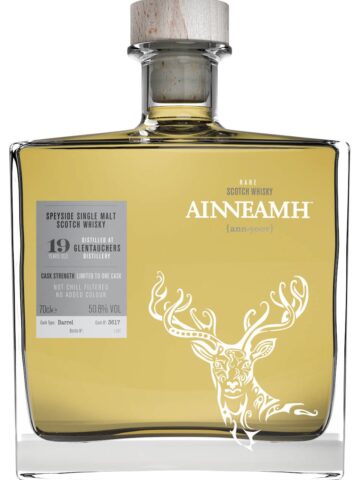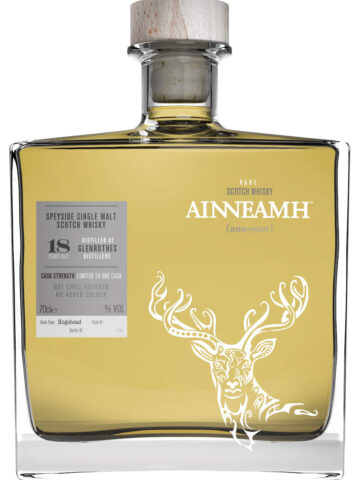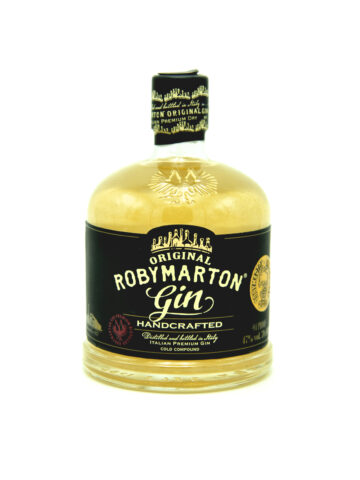REGIJA
Highlands je po površini daleko najveća regija škotske proizvodnje viskija. Highland High Terroir pogodan je za proizvodnju viskija, što ilustrira preko 40 različitih destilerija raširenih po regiji, uključujući neke od najstarijih u Škotskoj.
Regija, kako je definira Udruženje škotskog viskija, pokriva sve kopno sjeverno od zamišljene crte koja prolazi između ušća rijeka Clyde i Tay. Ogromna veličina područja čini gotovo nemogućim generalizirati stil ovdje izrađenog viskija, koji se kreće od moćnog i bogatog na sjeveru i zapadu do lakšeg i nježnijeg na jugu i istoku. Regija Highland u Škotskoj, ova kategorizacija uključuje viskije proizvedene na otocima oko perimetra Škotske (otočni Singl maltovi ), osim za Islay. Uz to, područje uključuje i određena nizinska područja na sjeveroistoku zemlje poput Banffshirea i Aberdeenshirea.
Topografija Gorja znatno se razlikuje od južne Škotske, budući je daleko oštrija, brdovitija i udaljenija te je kao takva povijesno prikladnija za proizvodnju viskija. Kad su u 17. stoljeću uvedene trošarine za destilaciju viskija, proizvođači su viski počeli proizvoditi ilegalno, a gradnja destilerija u nepristupačnom zemljištu u gorju olakšavala je prikrivanje od vlasti. Mekana voda bogata mineralima filtrirana kroz drevnu podlogu i hladna, vlažna klima također su pomogle situaciji, a Highlands je od tada postao jedna od ključnih regija za proizvodnju viskija u zemlji.
The Highlands is by far, the largest whisky-producing region of Scotland in terms of area. The terroir of the Highlands is well-suited to the production of whisky, illustrated by over 40 different distilleries spread across the region, including some of Scotland’s oldest.
The region, as defined by the Scotch Whisky Association, covers all the land north of an imaginary line running between the estuaries of the rivers Clyde and Tay. The vast size of the area makes it almost impossible to generalize about the style of whisky made here, which ranges from powerful and rich in the north and west to lighter and more delicate in the south and east. Highland region of Scotland, this categorization includes the whiskies produced on the islands around the perimeter of Scotland (the Island single malts), except for Islay. Incongruously, the area also includes certain lowland areas in the North-East of the country such as Banffshire and Aberdeenshire.
The topography of the Highlands is vastly different from that of southern Scotland, being far more rugged, hilly and remote and, as such, more historically suited to the production of whisky. When excise taxes were introduced in the 17th Century for whisky distillation, producers began to make whisky illegally, and building distilleries in the inaccessible land in the Highlands made concealment from the authorities easier. The soft, mineral-rich water filtered through the ancient bedrock and the cold, damp climate helped the situation as well, and the Highlands has since become one of the key whisky-producing regions of the country.








